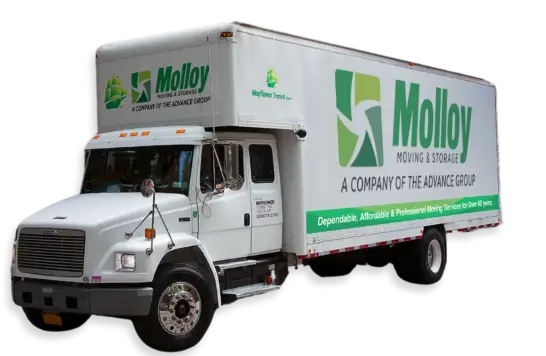
Many times, these tiny house owners have voluntarily given up large amounts of clothing, furniture and other belongings to fit into the tiny house mindset. Generally, people who desire to live in these types of houses fall into certain categories. Some, for instance, see owning a tiny house as a means of avoiding large amounts of debt or paying ever-increasing property taxes. These people generally are hoping they might even be able to build their tiny house somewhere and live rent- and tax-free. Another subset of people consist of those may have already lost a house or had to walk away from a piece of property they once owned and are not interested in experiencing that situation again. A smaller set represent those who may be retired, childless or have relinquished family ties, and no longer have a need for a larger house. The last set, and possibly the smallest group of people, are those for whom a tiny house is a temporary or transitory period.
Of course, these tiny house are not without their fair share of problems. Many banks will not agree to finance a tiny house since they generally do not give mortgages for properties which are smaller than 400 feet. You may have heard of some banks financing these tiny homes, but keep in mind that the exception does not invalidate the rule. Another problem though not necessarily for everyone is that RV parks do not always allow these structures on their grounds because of local height and width ordinances and laws. Transporting this miniature houses can also be problematic, since unlike mobile homes tiny houses have square, not rounded edges, making towing an expensive option in most cases. These are just some of the practical reasons that a tiny house can be more of a handful than people realize. Needless to say, there will always be a section of the population who view the banks disinclination to lend as conspiratorial, in other words to force people to live in houses that are much bigger than their needs. Although the facts do not agree with this viewpoint, it is an established fact that getting a financial help with a tiny house is not as easy as with a traditional home. Tiny houses are in fact, on the rise so it is hoped that in the near future more people will begin to see the benefit of them, not just for themselves but for society and the environment as well.
If you are considering making a move like this into a “tiny house,” Molloy suggests not ridding yourself of all of your belongings immediately. Think about putting them into storage for awhile as a back up, in case tiny home living becomes turns out to be a huge mistake.



